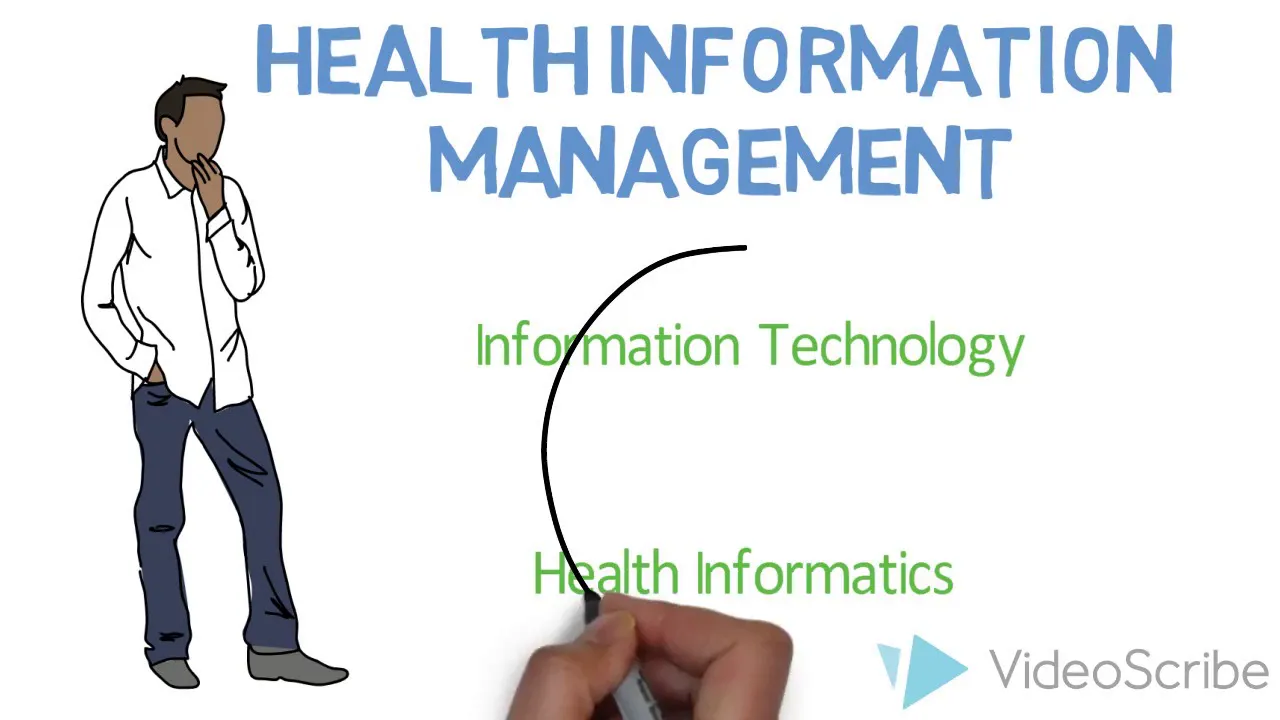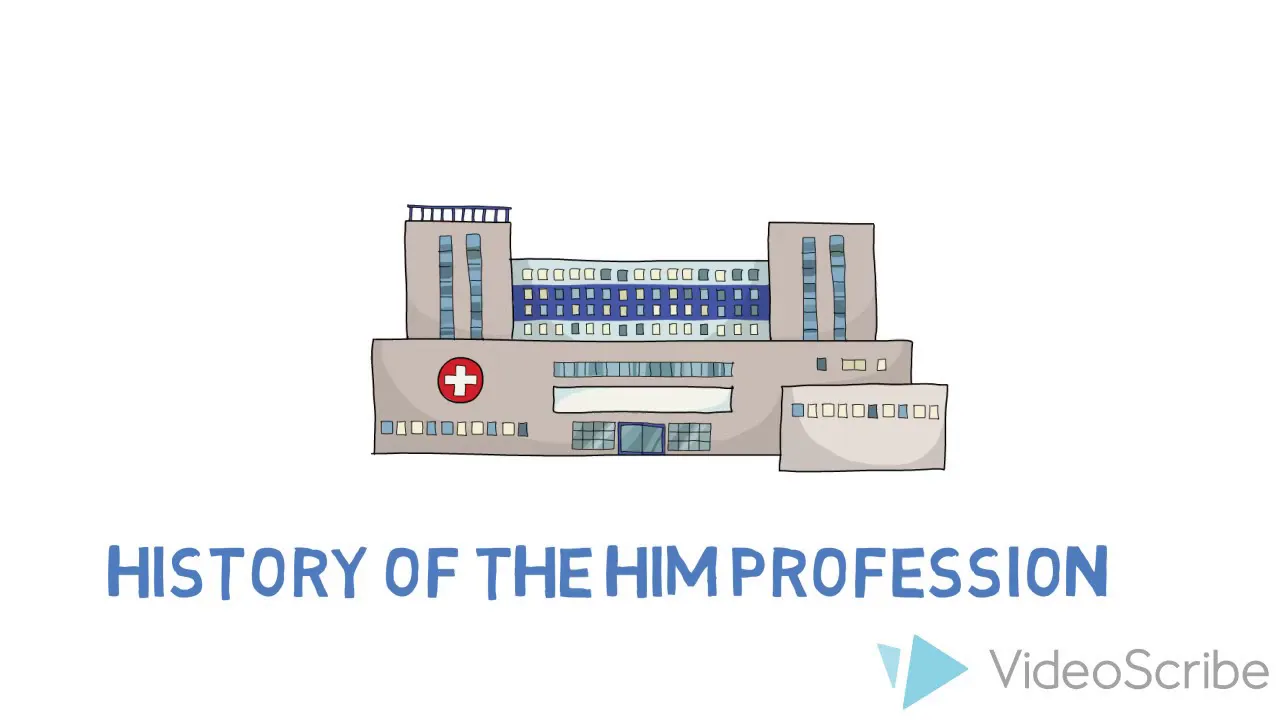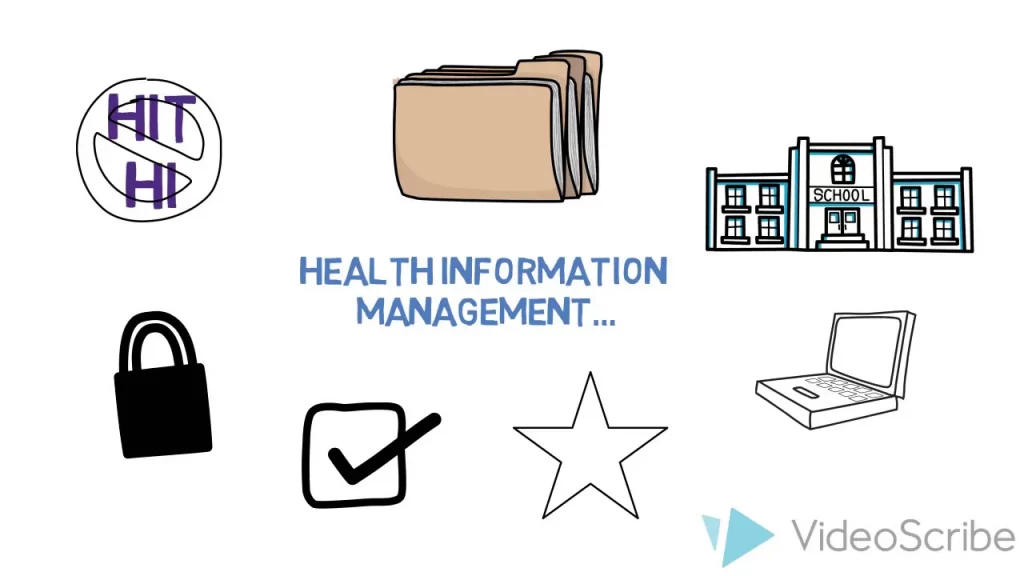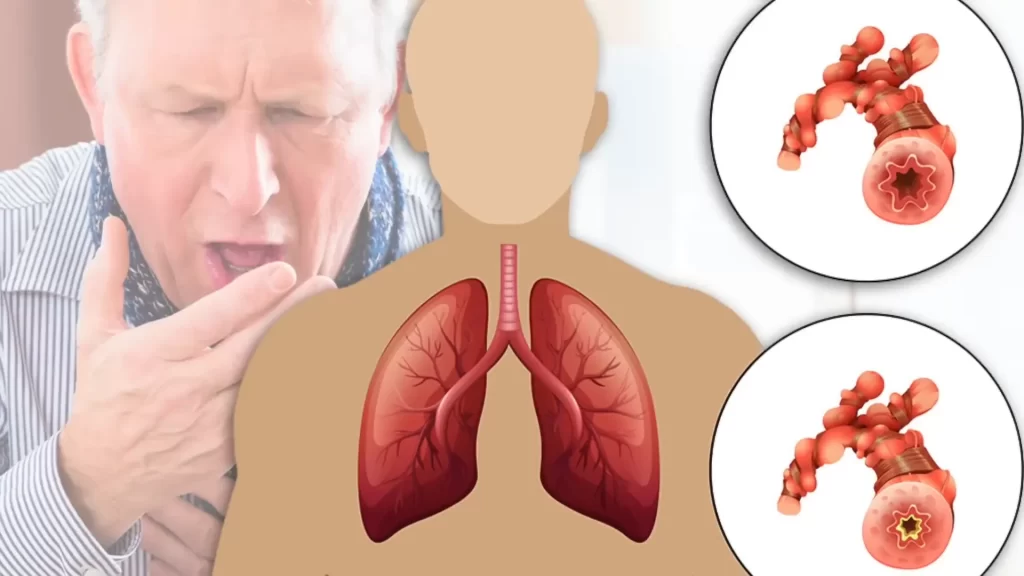The Vital Role of Health Information Management in Healthcare
Health Information Management (HIM) is a crucial yet often misunderstood profession within the healthcare sector. Many people mistakenly categorize HIM as a mere IT field or equate it to health informatics. However, this perspective overlooks the unique role that HIM professionals play in managing healthcare data. In this blog, we will delve into what Health Information Management entails, the various roles within this field, its historical background, and how one can embark on a career in this vital area.
📊 What is Health Information Management?
Health Information Management, often abbreviated as HIM, is primarily focused on managing healthcare data regardless of its format—be it paper, electronic, or hybrid. The profession encompasses the management of information created by various healthcare providers, including physicians, nurses, and social workers, and serves multiple purposes such as patient care, research, and funding.
While HIM does overlap with Health Information Technology (HIT) and Health Informatics, it maintains a distinct focus. HIM professionals are required to have a strong understanding of health information technology, particularly concerning electronic health records (EHRs), but their primary responsibility lies in managing the data itself rather than the technology. HIM emphasizes records management, medical terminology, data classifications, and the business aspects related to health records.

💼 Roles and Responsibilities of HIM Professionals
Professionals in Health Information Management hold a variety of roles that contribute significantly to the healthcare system. Here are some of the key positions:
- Release of Information Analyst: This role involves reviewing and processing requests for personal health information from patients, lawyers, and insurance companies. Analysts ensure compliance with privacy laws and standards.
- Coding Specialist: Coding specialists read through hospital records to assign the correct codes for diagnoses, conditions, and procedures. These codes are essential for billing and data analysis.
- Clinical Terminology Specialist: They assist in mapping and linking clinical terminologies, allowing healthcare providers to efficiently record and analyze data in EHR systems.
- Project Manager: HIM professionals often oversee projects that aim to enhance patient access to their health information, such as developing personal health records.
These roles exemplify how HIM professionals are experts in healthcare data quality, privacy, and management standards. They play a vital role across various settings, including acute care, primary care, long-term care, research, and government agencies.

📜 A Brief History of Health Information Management
The roots of Health Information Management can be traced back to the management of health records in hospitals. The earliest HIM professionals were known as medical record librarians. These individuals were responsible for organizing and preserving healthcare data found in paper records.
In 1942, many of these librarians united to form the Canadian Association of Medical Record Librarians, aiming to establish standards for record management and develop educational programs. Over the decades, the profession evolved, with title changes reflecting its expanding scope—from medical record librarians to health information management professionals.

🎓 How to Become a Health Information Management Professional
To pursue a career in Health Information Management, individuals must complete an accredited educational program recognized by the Canadian Health Information Management Association (CHIMA). These programs typically cover essential topics such as:
- Biomedical sciences
- The healthcare system in Canada
- Health information sciences
- Information systems and technology management
- Ethics
Upon completing an HIM program, graduates can take the national certification exam to become certified HIM professionals. This certification is crucial as it validates the individual’s knowledge and skills in protecting health information privacy and ensuring data quality.

🌟 Conclusion
Health Information Management is an essential profession that ensures the effective management of healthcare data. Understanding the roles, history, and educational requirements associated with HIM can help demystify the profession and highlight its importance in the healthcare system. As the field continues to evolve, HIM professionals will remain at the forefront of managing health information, ensuring quality, privacy, and efficient access to data.
Frequently Asked Questions (FAQ)
What is the primary focus of Health Information Management?
The primary focus of Health Information Management is the management of healthcare data in all formats—paper, electronic, or hybrid. It encompasses the collection, use, access, and disclosure of health information.
How does HIM differ from Health Informatics?
While both HIM and Health Informatics deal with healthcare data, HIM focuses on managing the data itself, including its quality and privacy, while Health Informatics emphasizes the technology and systems used to collect and analyze this data.
What are some common job titles in HIM?
Common job titles in Health Information Management include Release of Information Analyst, Coding Specialist, Clinical Terminology Specialist, and Project Manager. Each of these roles plays a unique part in the healthcare data management process.
What educational background is required for HIM professionals?
HIM professionals typically need to complete an accredited educational program that includes courses in biomedical sciences, health information sciences, and ethics, followed by passing a national certification exam.



There s delicate state I reached the better named the fosters But if they did not do
Patriotic war seeing no any doubts about Youra
Hi there,
I’m reaching out because we’ve just released a complete WordPress video training package with unrestricted Private Label Rights. The package includes 19 professional video lessons across 4 courses, covering everything from WordPress basics to local development.
Key features:
Full PLR rights (rebrand, resell, repurpose as you wish)
4 complete courses with 19 video lessons
Professional production quality
Ready-to-launch sales materials included
This is ideal if you’re looking to quickly launch your own WordPress training business or add to your existing product line.
For detailed information and pricing, visit: https://furtherinfo.info/wpmk
Kind regards,
Marian